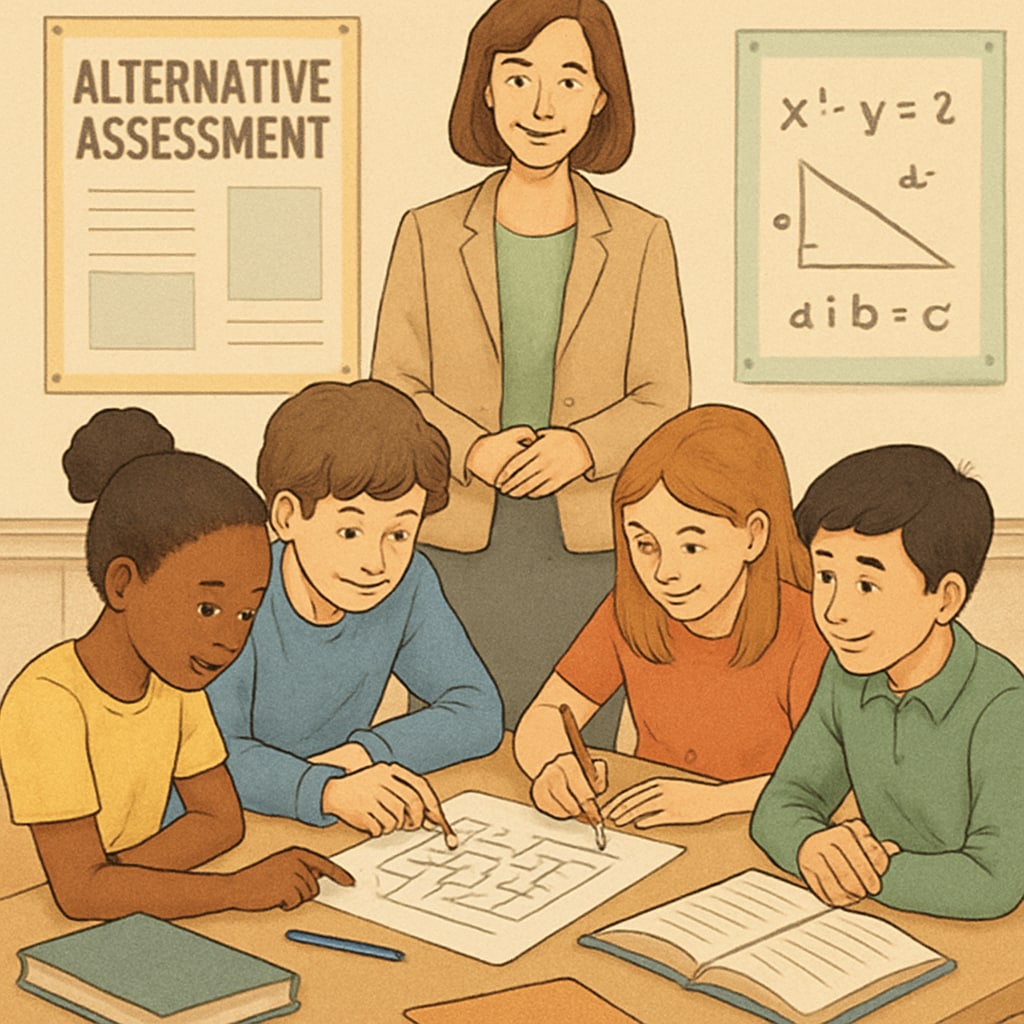The rapid advancement of artificial intelligence (AI) has revolutionized various aspects of society, including education. In particular, K12 competitive examinations—long considered a cornerstone for talent selection—face significant challenges in the AI era. Traditional exam systems, designed for a pre-digital age, must now adapt to a world where AI tools can easily outperform humans in certain cognitive tasks. This article explores the need to reform K12 competitive exams to ensure fairness, relevance, and effectiveness in identifying and nurturing talent.
Why Traditional Competitive Exams Fall Short in the AI Era
Competitive exams have historically focused on evaluating knowledge retention, problem-solving skills, and critical thinking. However, AI technologies, such as ChatGPT and other generative models, can now solve complex problems, compose essays, and even generate creative ideas in seconds. This raises critical questions about the validity of traditional exams as a measure of genuine human ability.
For example, AI’s ability to complete standardized test questions with high accuracy undermines the integrity of traditional assessments. Students equipped with AI tools may gain an unfair advantage, making it difficult to distinguish between genuine skill and AI-assisted performance. Moreover, the emphasis on rote memorization in exams becomes increasingly obsolete when AI can provide instant access to vast information repositories.

Reimagining Assessment: Key Areas for Reform
To address these challenges, educators and policymakers must rethink the fundamental design of competitive exams. Below are key areas where reforms are crucial:
- Focus on Creativity and Emotional Intelligence: Unlike AI, human creativity and emotional intelligence remain unique and irreplaceable. Exams should assess a student’s ability to think innovatively, empathize, and collaborate effectively.
- Incorporate Real-World Problem Solving: Instead of abstract questions, exams could include real-world scenarios requiring critical thinking and ethical decision-making—skills that AI cannot replicate fully.
- AI-Aware Policies: Assessment frameworks must explicitly address the role of AI tools. For instance, students might be evaluated on their ability to use AI responsibly and ethically as part of the exam process.

AI as a Partner, Not a Competitor
Rather than viewing AI as a threat, educators can integrate these tools into the learning and assessment process. For example, AI-driven analytics can help personalize exams to match individual learning styles, providing a fairer evaluation of each student’s abilities. Furthermore, AI can assist in grading subjective components like essays, reducing bias and enhancing accuracy.
However, these benefits come with responsibilities. Educators must ensure that AI is used to augment, not replace, human judgment. This requires training teachers to understand AI tools and their limitations, fostering a balanced approach to education reform.
The Role of Policymakers in Leading Change
Policymakers play a pivotal role in driving systemic reform. They must collaborate with educators, technologists, and psychologists to design assessment systems that reflect the demands of the AI-driven world. Transparency, inclusivity, and adaptability should guide their efforts, ensuring that all stakeholders benefit from these changes.
For example, governments could introduce pilot programs to test new exam formats that emphasize creativity, adaptability, and ethical reasoning. Feedback from these pilots would help refine the systems before broader implementation.
Readability guidance: Using concise paragraphs, clear lists, and accessible language ensures this article is easy to follow. Overuse of technical jargon is avoided, and transitions like “however” and “for instance” enhance flow. Passive voice is minimized to maintain engagement.


